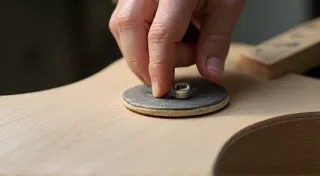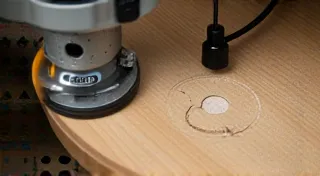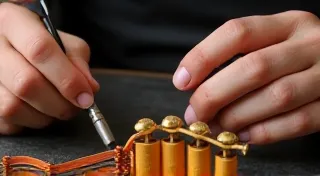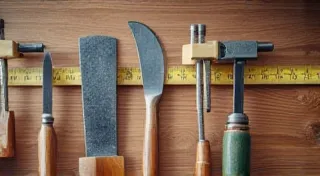Guitar Templates: Making Your Life Easier
Building an electric guitar from scratch can feel daunting, especially for beginners. Precise cuts and accurate shaping are essential for a playable and well-looking instrument. That's where guitar templates become invaluable tools. They simplify the process and dramatically reduce the margin for error. This article explores what guitar templates are, how they're used, and how you can find or create your own.
What are Guitar Templates?
Guitar templates are essentially precision-cut stencils used as guides for shaping the body and neck of a guitar. They’re typically made from durable materials like MDF, acrylic, or even thick plywood. They represent the contours of the guitar, allowing you to trace and cut accurately. There are two main types: body templates and neck templates.
Body Templates
Body templates outline the overall shape of the guitar. They're crucial for ensuring symmetry and accurate dimensions. Using a body template, you trace the shape onto your chosen wood (typically mahogany, alder, or ash), then use a router with a flush trim bit or a bandsaw to cut the body outline. They also help with marking the positions for pickups, control cavities, and the neck pocket. Before you even get to this stage, having the right tools is essential. Check out "Essential Tools for Beginner Guitar Builders" for a comprehensive guide to the equipment you’ll need.

Neck Templates
Neck templates are equally vital for the neck. They guide the shaping of the neck's profile – the back of the neck that your hand will contact. They also help with accurately marking the placement of the fret slots and the headstock shape. A consistent neck profile is key to comfortable playability. Setting up the neck correctly is important for playability, and understanding the nuances of action, intonation, and relief can significantly improve the feel of your instrument. For more on achieving optimal guitar setup, explore "Setting Up Your Guitar: Action, Intonation, and Relief".
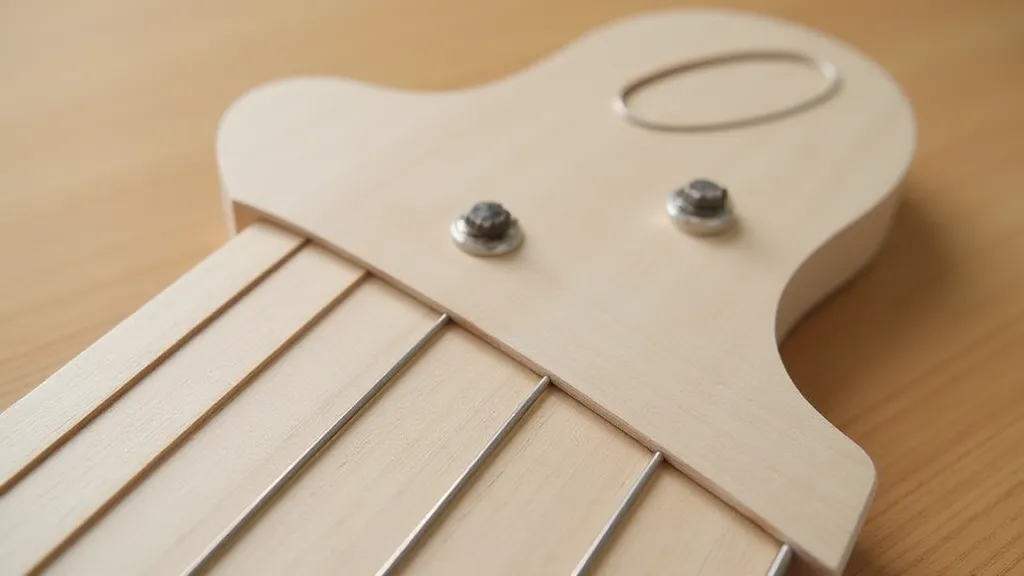
Where to Find Guitar Templates
You have several options when it comes to acquiring guitar templates:
- Purchase Ready-Made Templates: Numerous online retailers and guitar parts suppliers sell pre-made guitar templates for popular models like Stratocasters, Telecasters, and Les Pauls. This is the easiest and most convenient option, especially for beginners.
- Download Printable Templates: Many websites offer printable templates that you can download and transfer to wood using spray adhesive. While not as durable as purchased templates, they’re a budget-friendly alternative. Be aware that the accuracy of these templates can vary.
- Create Your Own Templates: This is the most challenging but rewarding option. If you're comfortable with design software (like CAD) or have a readily available guitar you can use as a master, you can create your own templates tailored to your specific design.
Creating Your Own Templates
If you choose to create your own templates, consider these steps:
- Source a Master Guitar (Optional): If you have a guitar with the shape you want to replicate, you can use it as a guide.
- Take Accurate Measurements: Carefully measure and document all dimensions.
- Create a Digital Design (Recommended): Use CAD software to create a precise digital representation of the guitar body or neck.
- Transfer the Design to Material: Print the design and transfer it to your chosen template material (MDF, acrylic, etc.).
- Cut Out the Template: Use a jigsaw, scroll saw, or CNC machine to cut out the template.
Remember to factor in the thickness of your chosen wood when creating templates, as this will affect the final dimensions of the guitar. If you’re new to using power tools for woodworking, especially a router, understanding safety protocols and techniques is paramount. Consider researching and familiarizing yourself with safe routing practices before you begin – you can find valuable information on "Using a Router for Guitar Building: Safety and Techniques".
Using Guitar Templates Effectively
- Secure the Template: Use clamps or double-sided tape to firmly hold the template in place during tracing and cutting.
- Trace Accurately: Take your time and ensure the pencil line is precise and follows the template's edge.
- Use Sharp Tools: Sharp router bits and saw blades will produce cleaner cuts.
- Take Your Time: Accuracy takes time. Rushing the process can lead to mistakes.
Beyond the initial investment in templates and tools, the cost of hardware can quickly add up. Smart choices in components can significantly impact your overall budget without sacrificing quality. Learn strategies to economize while maintaining a professional build by reading about "Budget-Friendly Guitar Hardware: Where to Save Money".
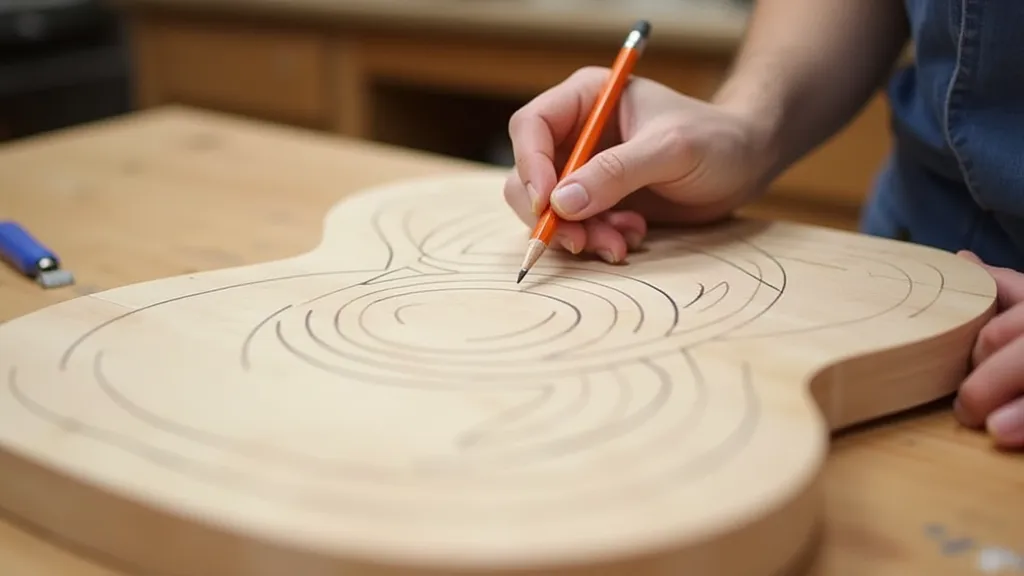
Guitar templates are an invaluable investment for any beginner embarking on the journey of DIY guitar building. They save time, reduce errors, and ultimately help you create a beautiful and playable instrument. While the initial cost or effort in creating your own might seem daunting, the benefits in terms of accuracy and ease of construction are well worth it. Remember that even with templates, the learning curve for guitar building involves more than just shaping wood. It's a blend of woodworking, electronics (depending on whether you’ll be wiring your own pickups), and a growing understanding of guitar mechanics. Careful planning and research are key to a successful and enjoyable project. Don't underestimate the importance of quality tools, as they can make a considerable difference in the final result and overall build experience. From selecting the right wood to ensuring proper fret placement and finishing techniques, every step requires attention to detail. Consider watching videos and reading articles from experienced luthiers to gain insights and avoid common pitfalls. Many online forums dedicated to guitar building offer a wealth of information and a supportive community for sharing knowledge and troubleshooting issues. Building a guitar is a rewarding journey, and with the right tools, templates, and a bit of perseverance, you can create an instrument that you're proud to play.
